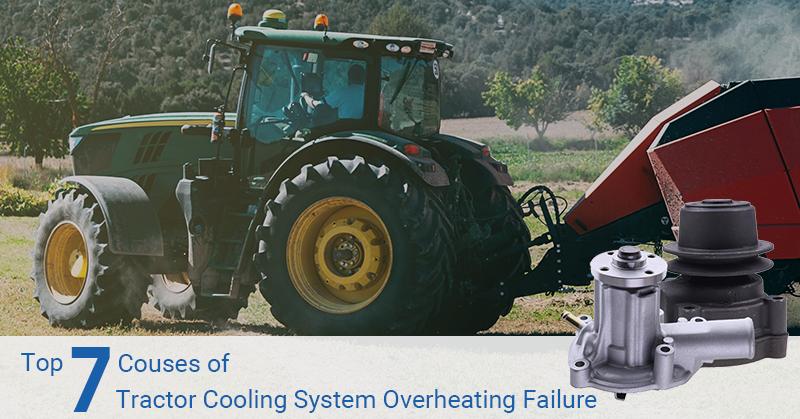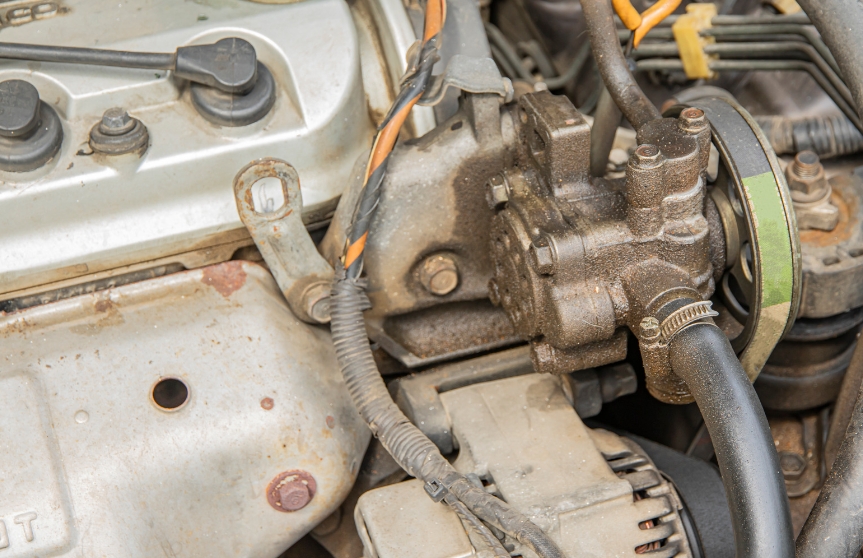1.What is a blower motor?
A blower motor is a powered machine that makes air flow by the rotational movement of vanes or blades, which are known as an impeller, rotor, or runner. Usually it has some form of housing or casing.
2. How a blower motor works?
Blower motors work by using the centrifugal power supplied from the rotation of impellers to increase the kinetic energy of air. When the impellers rotate, the air near the impellers are thrown off from the impellers, then move into the casing. As a result, the kinetic energy of air is measured as pressure because of the resistance offered by the casing and duct .
3.How Do You Know If Blower Motor Is Bad?
The main symptom of motor failure is when it does not work regardless of the speed at which it is set. Spikes in current occur when the motor relay (the device which powers the motor) fails. This in turn can damage the fuse. Look for a burnt-out fuse before changing the motor. If the fuse is intact, then use an automotive meter or test light to check whether or not your motor is receiving power. If this is fine, then check that power is coming out of the resistor. If your resistor has power going in (with a solid ground also present), but nothing is coming out, then you will need to buy a replacement heater motor.
4.What are the different types of blower motors?
Blower motors are classified into four types: axial, diagonal, centrifugal (radial), and cross flow.
Axial flow types have blades that move air parallel to the shaft on which the blades rotate. The axial flow blower can increase the volume of air, and its efficiency is high even with a partial load. Due to its structure, it is known to be noisy.
In diagonal flow blowers, the impeller is inclined at a constant angle with respect to its axis of rotation, and air also flows in the same direction. Structurally, it has intermediate characteristics between the centrifugal type and axial flow type, and the operating principle is the same as that of the centrifugal flow type.
The centrifugal flow blowers use the centrifugal power supplied from the rotation of impellers to increase the kinetic energy of air. When the impellers rotate, the air near the impellers are thrown off from the impellers, then move into the casing. As a result, the kinetic energy of air is measured as pressure because of the resistance offered by the casing and duct.
Cross flow blowers have a cylindrical wheel with forward curved blades that move air perpendicular to the axis of rotation.
5. How do I choose a blower motor for my machine?
It’s best to consult the manufacturer’s specifications or a professional in the field to determine the appropriate type and size of blower motor for your specific construction machinery. For assistance, feel free to contact us at info@fridayparts.com







Leave A Comment